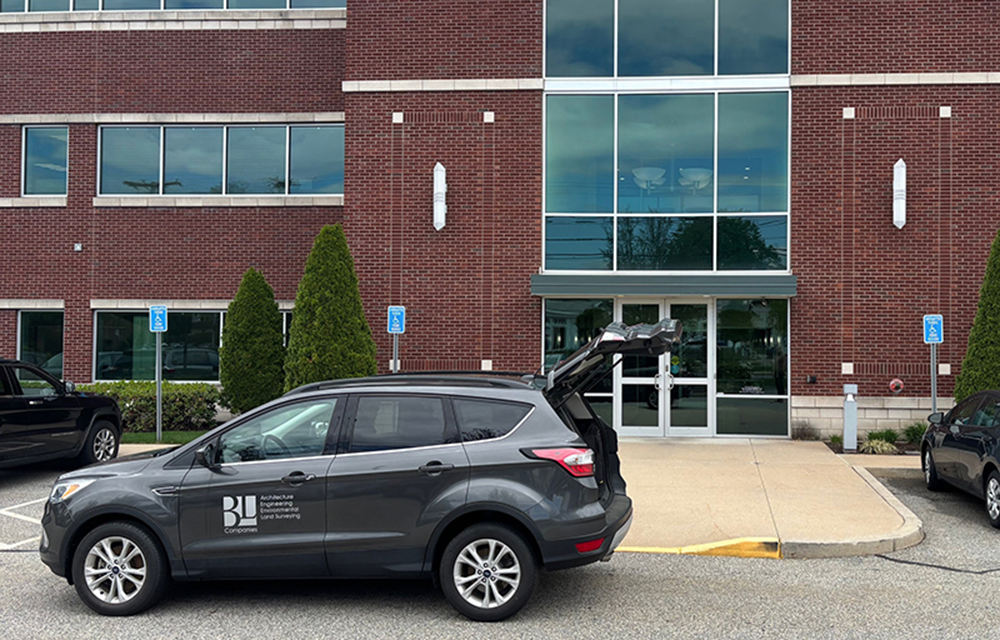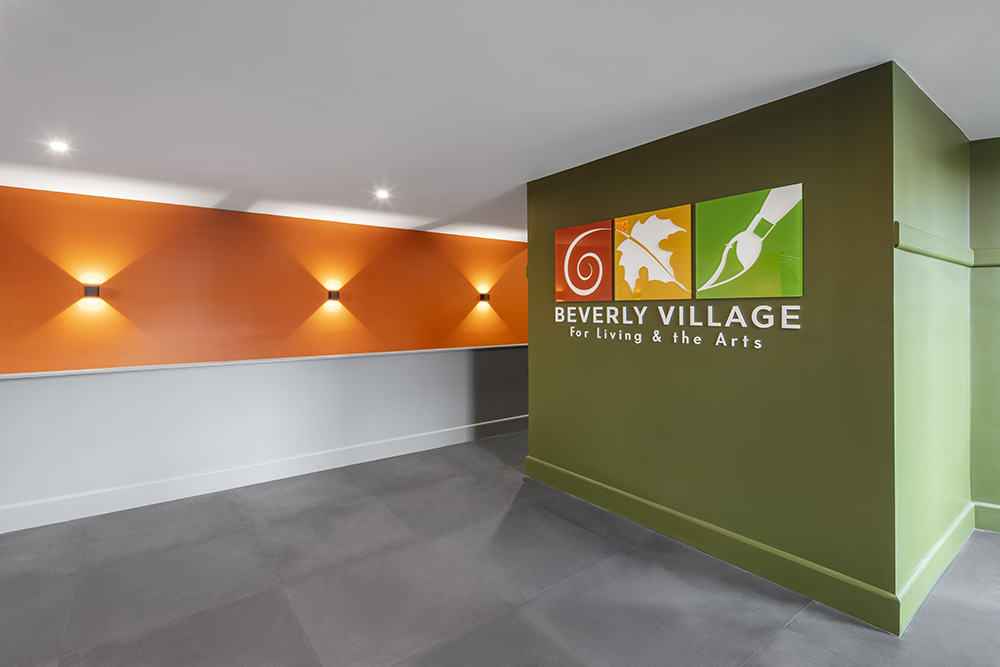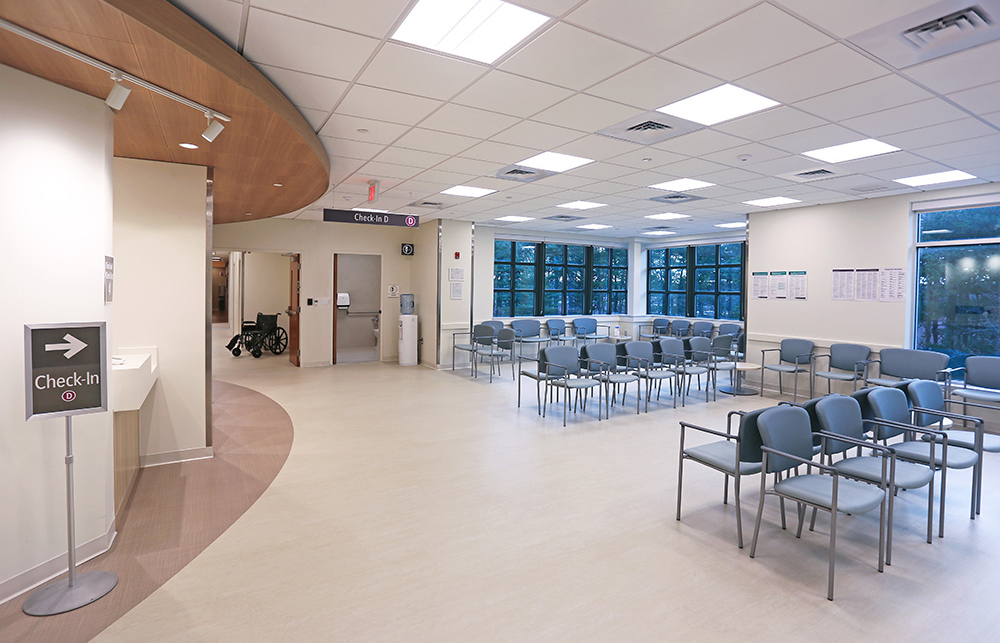News: Construction Design & Engineering
Posted: August 13, 2008
"Putting it in writing"
When we send personal correspondence to others—be it a letter, fax or e-mail—we often forget how important image and appearance are. After all, when the communication is received, there is no "personal" contact accompanying it to act as a counterbalance. In other words, when you send somebody a letter, and it arrives and is read, it stands alone, without anyone to explain, clarify or strengthen it. Therefore, it had better stand well.
Considerations such as appropriate and graphically pleasing stationery, correct names and titles, spelling, accurate facts and the like are all of the utmost importance. Anything less reflects a sloppy, "don't care" attitude—one that's likely to indicate to the recipient that that's the way all your business is conducted.
This is not to imply that every piece of correspondence coming out of your office need be routed through a secretary for typing, particularly in this age when virtually everyone has a computer with word processing software and e-mail on their desk. (Don't over-rely on spellcheck. It has its limitations.) The fact is that it is perfectly acceptable at times, and even preferable, to use handwritten correspondence, especially if a prompt reply is an overriding concern. When time is of the essence, there's nothing wrong with legibly scribbling a response right on the same paper on which the query was received, then faxing it back.
Another very effective example of handwritten communication is the "clip." Tearing out a magazine or newspaper article that you feel would be of interest to a client, co-worker or business associate, penning "Jim—Thought you'd appreciate this. Jack", then mailing it is a wonderful means of staying in touch with people and letting them know you're thinking of them. You want such communication to be personal, and to send it in the form of a secretarial-typed memo almost defeats its purpose. It's no longer a personal gesture, but rather a corporate action.
Poorly written, poorly organized, unclear communications are, unfortunately, seen more than one cares to admit. As a general rule—be it a fax, letter or e-mail—be crisp, clear, complete, timely, to the point, and precise as to the response required for follow-up. The correspondence should also reflect the correct tone, one based on the nature of the relationship between the individuals. If it's someone you've never met before, an overly friendly tone is inappropriate, as much as a formal tone would be to someone with whom you're friendly.
If it's at all possible, avoid impersonal correspondence. With the advent of word processing and the ability to personalize letters, it's pretty easy to sidestep this. There are, however, sometimes limitations (usually economic) that necessitate non-personalized correspondence. In that situation it may be helpful to acknowledge that it's a form letter. Turn it around to your advantage with a statement such as, "We're sorry for this somewhat impersonal communication, but it allows us to focus our time and resources toward really important matters, like servicing our customers."
Lastly, remember that the goal of correspondence is to communicate. Many people who do that well verbally suddenly become verbose and use "$5 words" they'd never think of using when speaking when forced to commit to paper. The most effective business communicators write as if they were talking. Try it; you'll find writing a much less intimidating task.
David Wood is a copywriter, newsletter publisher and marketing consultant, Deering, N.H.
MORE FROM Construction Design & Engineering
BL Companies opens at 300 Jefferson Boulevard, Warwick
Warwick, RI BL Companies has relocated and expanded its local office to accommodate continued growth. The Rhode Island expansion is part of the company’s long-term growth strategy, which involves expanding its

Quick Hits
Columns and Thought Leadership

Ask the Electrician: Is summer a prime time for commercial electrical maintenance?
The answer is “Yes!” While January marks the official new year, many businesses view September as a fresh start. This makes summer an ideal time for commercial property owners to schedule long-term electrical maintenance projects.

Careers in Construction Month focus on training and safety - by Joe Camilo
October is Careers in Construction Month, and rarely has it been more consequential. According to our chapter’s national parent organization, the construction industry needs to attract half-a-million new workers in the coming year to meet demand. Addressing that need is a huge job, but we at ABC MA are trying to do our part.

The rise of incubators and co-working spaces: The latest in life sciences - by Matt Combs
In recent years, the life science industry has witnessed a shift in how companies operate and innovate. One of the key driving forces behind this transformation is the emergence of incubators and co-working spaces specifically tailored to meet the unique budget and schedule needs of startups.

The design-build advantage: Integrated interior design solutions - by Parker Snyder
When it comes to corporate interior spaces for both commercial and industrial projects, partnering with a design-build firm with in-house interior design services can offer clients many benefits. Unlike traditional delivery methods where interior designers operate independently from the design and construction teams, often creating a longer project timeline as cost negotiations and revisions ensue







.png)